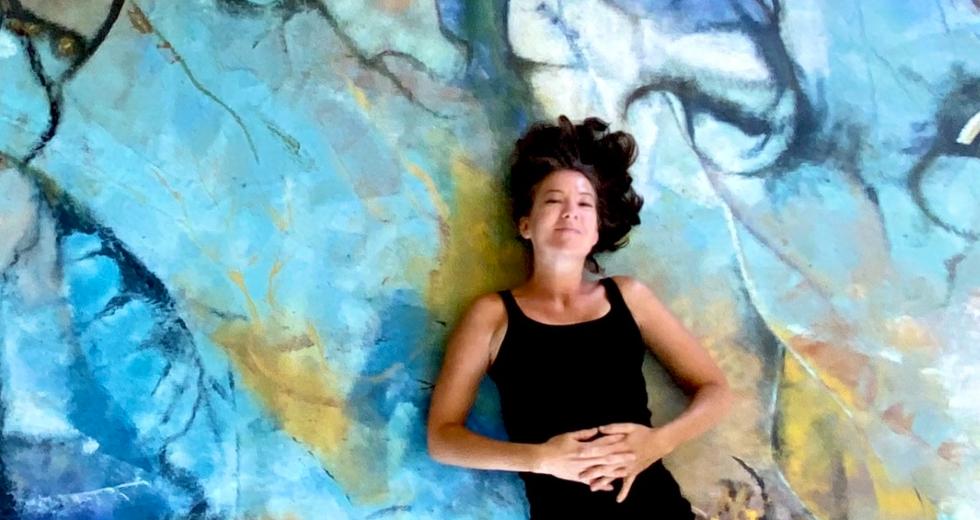June Steckler began to observe the world like an artist when she was 5 years old. She got her first pair of glasses after she complained that she couldn’t see the chalkboard in her kindergarten classroom. The road from the eye doctor where she received the glasses was lined with tall fir trees, like many roads in her home state of Washington.
“I remember looking out the window and saying to my mom, super shocked and excited, ‘Mom, I can see the tops of the trees!’” Steckler recalls. “I had assumed, up to that point, that they were so tall that they just kind of disappeared up into the sky and that nobody could see the tops of them. That moment where I saw them was just really pivotal for me. I feel like that thing that almost every human has, that hardwiring of loving nature and feeling connected to it, got intensified for me in that moment and that has never left me. … All of that has always been my visual language.”
After what she calls an “arty” childhood, Steckler studied graphic design at Houghton College in New York and later worked as a designer in Nashville and Los Angeles. She stepped away from the field to raise her two children and bought a fixer-upper in Meadow Vista in Placer County with her husband Brian Steckler, a composer, in 2004. Weeks before the move from LA, while nursing her 3-month-old son, she was seized by intense pain and found herself unable to stand. At the emergency room, she learned she had torn an artery and suffered a series of small strokes.
Steckler began painting while convalescing, in snatches of time between raising her children and remodeling two homes (the family moved to Granite Bay, where Steckler now keeps a studio, in 2016). Her work has since appeared in galleries and other venues around California and the Midwest, including Blue Line Arts in Roseville and Homewood Studios in Minneapolis. She also takes commissions for homes and businesses.
In January 2020, after more than a decade out of the job market, she was hired to manage a yearlong pop-up shop for Groundswell Art, a gallery, art consultancy and print production studio in Midtown Sacramento. The shop stayed open during the pandemic through online sales and restricted-occupancy browsing. “My experience was pretty much the opposite of so many people, because I met more people in 2020 … than in several years prior,” she says.
Now an art consultant for Groundswell, Steckler is optimistic about the Capital Region’s art scene and her role in it as both artist and curator. “I always feel like galleries are the brick-and-mortar version of the idea of a pause. There’s a person in the world with this specific point of view, and we’re collectively going to pause and consider and enjoy it,” she says. “That is an incredibly good and positive thing in the world and for people and for Sacramento.”
“Refractions II,” like other paintings in June Steckler’s acrylic
“Refractions” series, is inspired by the bending of light rays,
the phenomenon behind both rainbows and corrective lenses.
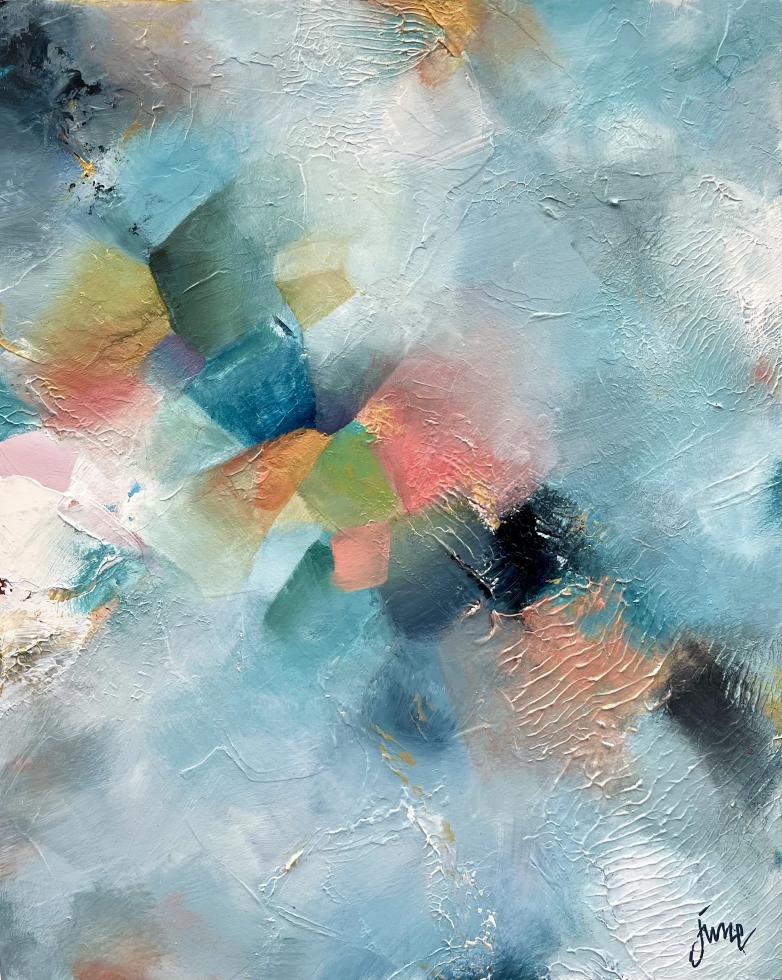
I make mostly abstract art. … I feel like abstract art opens the door of, I would call it viewership, really wide. And that’s just a way of saying that abstract images are open to interpretation a bit more than representational art. So, you know, it can be intimidating to think about viewing art. There can be these ideas in our head, like what we’re supposed to see or what we’re supposed to feel or how we’re supposed to interpret it. And that can even be hierarchal or even snobby. But I think images that have less immediate visual references, and therefore less specifically defined meaning, as abstract images do, that invites even more connection with even more people.
I also think abstract images, just like nature, communicate with our human brains in ways that aren’t entirely conscious. And that means a lot to me. … And then, as far as the kind of boots-on-the-ground craft of it, my art is very much defined by high contrast, texture, metallic sheen and a ton of color. That’s my visual language, and that idea of abstract images is the engine powering the actual images I make.
What is it like to be a working artist in Placer County? Is there a supportive art scene?
In Placer County, there is … the Arts Council of Placer County, and that is a really, really supportive organization. They are very hands on, very involved. The people who started the open studio tour about 30 years ago, they’re still around. And so there’s a ton of history and appreciation for making a living as an artist in Placer County. I’ve always been really impressed with the support, the community engagement and respect. It doesn’t feel like you’re forcing it to be an artist or to have people appreciate your art; come to your studio.
“Autumn Sunlight” by June Steckler demonstrates her penchant for
bright color and metallic elements.
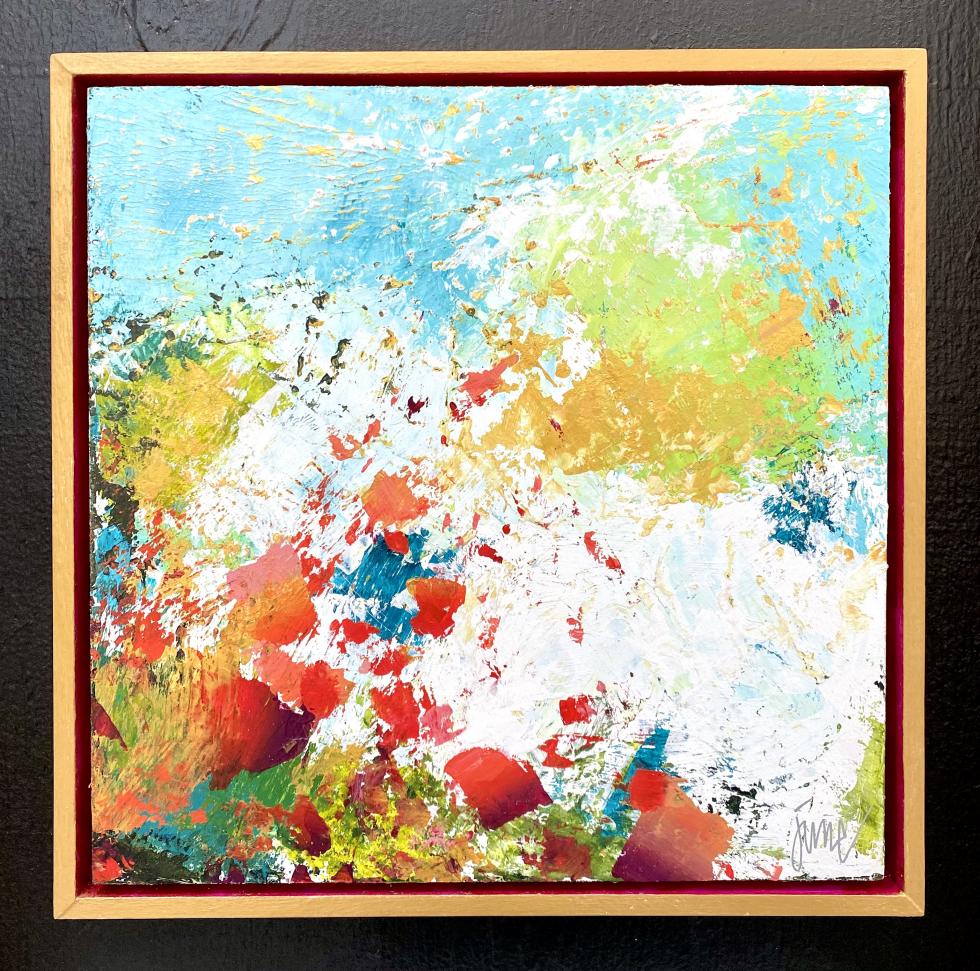
Most of my commissions are for people’s homes. … And that’s super meaningful to me, because especially here in the 14th month of 2020, if you will, we all have an increased understanding of how much our home environment affects us. But even outside of current circumstances, as someone who was to some degree a stay-at-home mom for a long time, I have a keen appreciation for the environment of a home and crafting that and being intentional about it. We all have visual memories of the homes that we grew up in, and that’s part of what makes us. It’s part of what defines us as adults. … It’s personal, it’s private, it’s special, and I take it seriously and I love doing it.
How do you balance your artistic practice with the daily work of being a mother, and how has that balance evolved for you over the years?
In retrospect, when I think about how I painted (when my kids were little) and where my mental state was, I tended to paint as fast as I could in order to get things done in what felt like a small amount of time. … And some of these ideas that I’ve told you about just now, they were percolating. They weren’t at the front of my brain. I couldn’t talk about them the way I can talk about them now; they were unavailable to me. …
I was continually exploring, experimenting with new mediums and trying things out, and that process definitely propels you forward, craft-wise. So there was a progression, but it kind of felt all over the place. My kids are older now, and for me, that has meant having more actual time in my days to commit to making art as well as more space in my brain. So I would say just in the last couple years have I felt like my artistic voice has started to become much more defined, and I feel a growing confidence in that voice.
This painting by June Steckler sold in the 2020 Big Names, Small
Art auction at the Crocker Art Museum.

For me, I’m going to go ahead and say it’s been really difficult. … It doesn’t take a psychologist to understand why it’s incredibly difficult to just switch your brain over to a completely different mode, so that was hard for me to do. And I remember feeling like, about right about when I would kind of get into a rhythm and a flow state, I had to walk away. I had to get back to my kids. I’m not proud of this, but it drove me a little bit crazy. … I don’t know if it’s a gift of aging or if it’s just the result of kids getting older, but I am a lot more able to recognize where my head is at now. …
I’m 50. My kids are 16 and 20. And when I see some of these young artist moms on Instagram, what they are able to achieve, I’m super impressed. I honestly don’t know how they do it. … I just wasn’t that 35-year-old mom who had a well-defined art career, a well-defined personal artistic style and a thriving family life, for whatever reasons. I guess I am a person who does better when I focus on less at a time. …
Another gift of aging is you care less what other people are doing and become far more accepting of your own unique path. And that’s definitely how I feel at this point in my life. … I love creating art. Sometimes the business of it feels really oppressive, and the discipline that is affiliated with the business of it can be more invasive than the discipline of doing the work.
Why does the business part of art feel oppressive to you?
Oh, just for the really basic reason that like most artists, I would much rather be pushing paint around on a canvas and exploring new mediums and creating images then I want to be … doing all the typical sort of oppressive business things, like doing your taxes and looking into having your artwork license and promoting any events you’re at. … It honestly feels like you can spend all your time doing the business side of it, and it can kind of mess with your head. … Most artists I know, including myself, have this notion … that in an ideal world, we go to our studios, and we create art all day, and then it is magically connected to people who like it and who want to give us money for it. But that has precious little to do with reality.
Groundswell Art Gallery is located on J Street in Midtown
Sacramento.

Last January, just over a year ago, I saw a post on Facebook where (John Johnson and Micah Crandall-Bear, the co-owners of Groundswell, were) looking for someone to run their pop-up gallery that they were going to have just for the year. … I reached out, and I remember that I totally ignored what they asked for. They asked for a specific kind of resume or cover letter, and I thought, “Eh, I’m gonna do my own thing.” So I wrote my own kind of nontraditional resume. Again, this is a gift of aging: You kind of get like, “This is me, take it or leave it.” …
There’s four of us: John; Micah; and Eric (Cunanan), who is our print and frame manager; and then myself. We’re like a family: We connect really well, we have a great time together, we get mildly annoyed with each other. And I would say, ultimately, what makes it work is we’re all kind of headed in the same direction, which is wanting to experience and make and share art with as many people as we can. …
My first consultancy job with Groundswell was finding art for the Eleanor (Apartments), which is a new apartment building on E and 16th (streets in Sacramento). It’s really recognizable because the entire exterior of it is a mural. The developer hired a mural company out of Montreal to come and paint the entire exterior of the building. It’s very much a story. Then I was tasked with finding art to continue that story on the interior of the building. That was a really great experience.
Now that you’re helping other artists connect with people who want to buy their art, is it any easier to manage the business part of art for yourself?
It’s much, much easier to do it for other people. … I would say my life as a mom made me much better at doing the kinds of things (needed to manage a gallery) than I personally would have been if I hadn’t had kids. … As a mom, I was always trying to figure life out for them, like what do they need, and what will help them, and what kind of opportunities should I pursue and organize. … When I’m planning art events and pursuits for other artists, I mostly just have empathy and excitement.
I never thought of the work of a gallery agent or a curator being like parenting, but I see there could be a relationship between the two.
There might be a little truth to that. But, yeah, I totally understand artists. … I was a professional mom, so to speak, for a lot of years, and as an artist myself, I can say, “Oh, honey, I know. I understand,” and it just works.
Edited for length and clarity.
Correction: A caption has been changed to clarify that the painting “A Complicated Peace” is located in a home in Loomis, but was not commissioned for it.
–
Get all our web exclusives in your mailbox every week: Sign up for the Comstock’s newsletter today!
Recommended For You
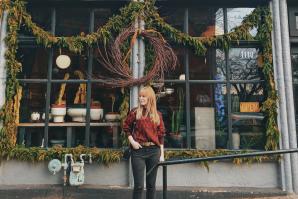
Art Exposed: Lindsay Swearingen
Tusk and Cardinal embroidery artist and illustrator discusses art versus craft in fiber arts
Lindsay Swearingen was introduced to needle and thread at 8 years old, when her mother taught her how to cross-stitch. She was young and didn’t stick with it, but “about eight years ago, I picked it back up around when there was a resurgence of embroidery and fiber art,” she says.
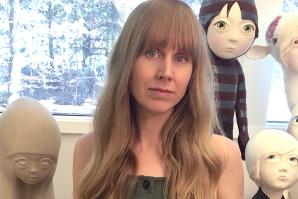
Art Exposed: Colleen Sidey
A ceramist in South Lake Tahoe reaps inspiration from her natural surroundings and motherhood, and ventures into opening a studio for the community with her husband
The charming effect of the forest finds its way into her ceramic sculpture, along with her greatest inspirations, her two children, ages 11 and 7, and her formative years being surrounded by the urban environment in Southern California.

Art Exposed: Brandon Gastinell
From street art to corporate commissions, a Sacramento digital-mixed-media artist is finding success with his artistic clickbait
Because of some bold moves on his part and the exposure and connectivity that social media provides, Brandon Gastinell has transitioned from doing street art to work for major film studios and musicians.
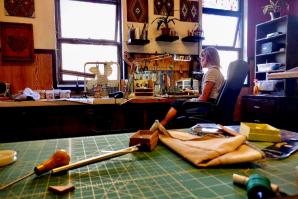
Art Exposed: Jenn Hall
The Feathered Leopard owner on the pros and cons of selling art online
Comstock’s caught up with Feathered Leopard owner Jenn Hall to discuss carving out a living as a nomadic artist, and the pros and cons of selling art online.



